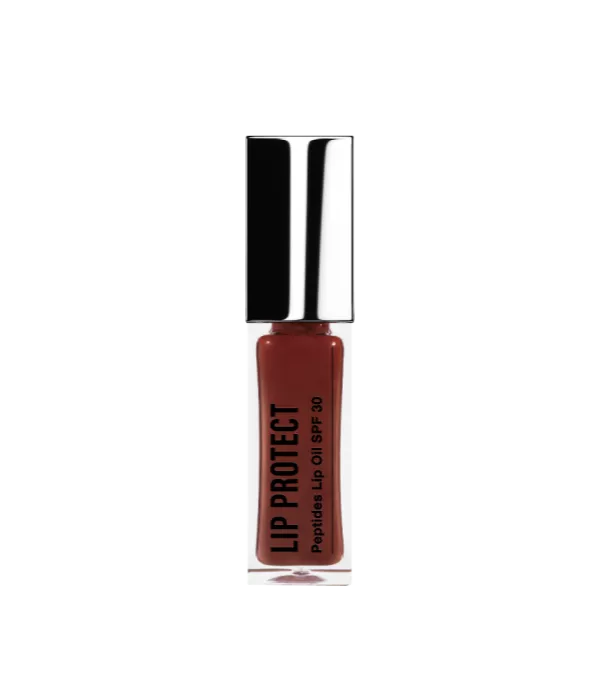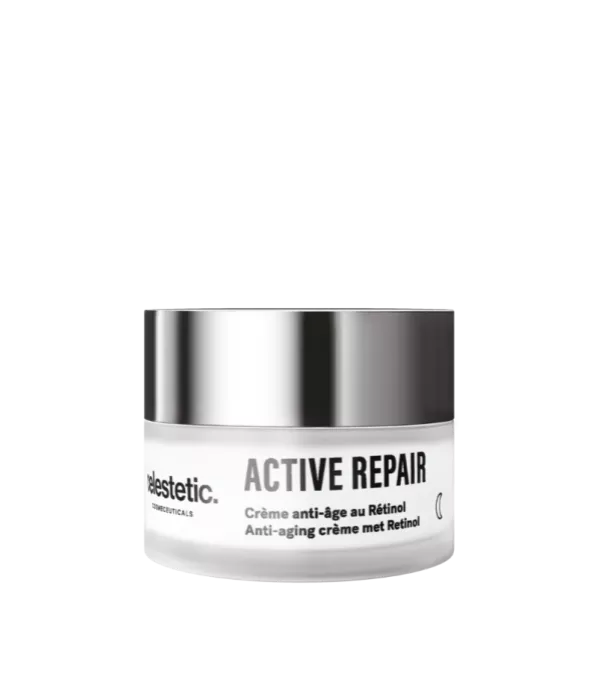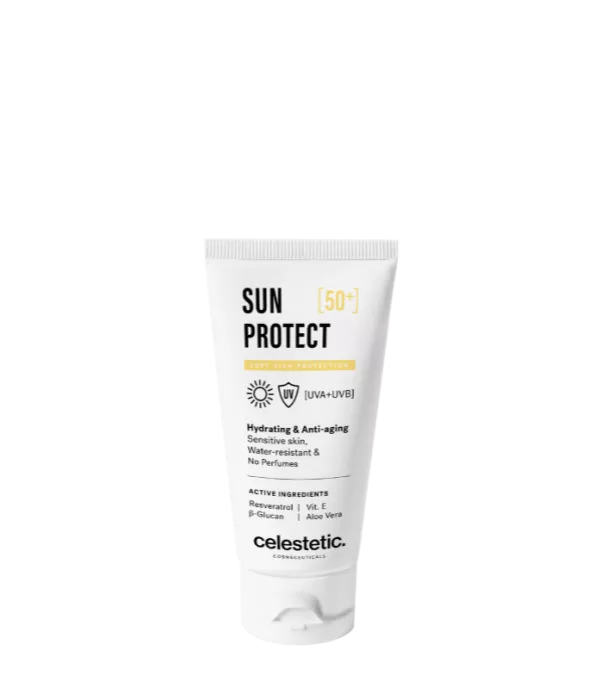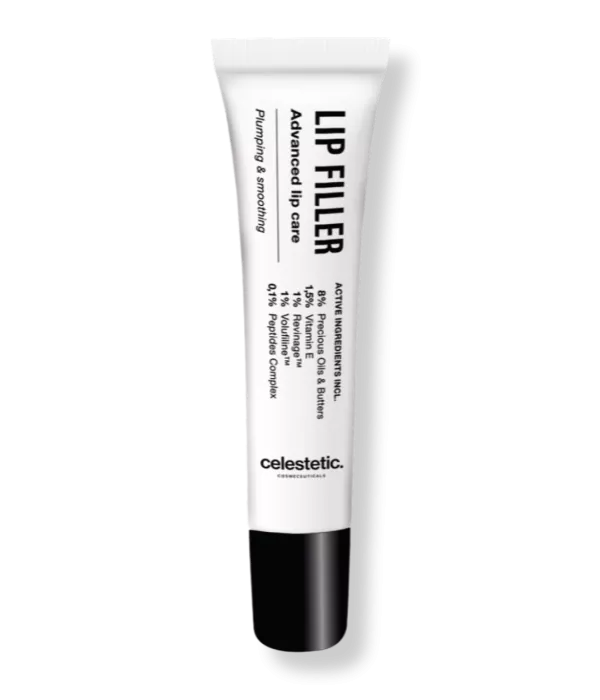« Since the discovery that vitamin E is the primary lipid-soluble antioxidant in skin that protects cells from oxidative stress, practitioners have used it to treat a wide variety of skin lesions ».
Baumann, Leslie S. Cosmetic dermatology. McGraw-Hill Professional Publishing, 2009. Source
« Topical vitamin E reduced erythema, sunburn cells, chronic UV-B-induced skin damage, and photocarcinogenesis in the majority of the published studies ».
Eberlein‐König, B., and J. Ring. "Relevance of vitamins C and E in cutaneous photoprotection." Journal of cosmetic dermatology 4.1 (2005): 4-9 Source
« In humans, it has been shown that UV-induced expression of human macrophage metalloelastase, a member of the MMP family involved in degradation of elastin, could be inhibited by pre-treatment with vitamin E (5%) ».
Chung, Jin Ho, et al. "Ultraviolet modulation of human macrophage metalloelastase in human skin in vivo." Journal of Investigative Dermatology 119.2 (2002): 507-512. Source
«Topical application of such combinations may result in a sustained antioxidant capacity of the skin, possibly due to antioxidant synergisms. And, since UVA-induced skin alterations are believed to be largely determined by oxidative processes [26], topical administration of antioxidants might be particularly promising ».
« regular application of skin care products containing antioxidants may be of the utmost benefit in efficiently preparing our skin against exogenous oxidative stressors occurring during daily life. »
Dreher, Frank, and Howard Maibach. "Protective effects of topical antioxidants in humans." CURRENT PROBLEMS IN DERMATOLOGY-BASEL- 29 (2001): 157-164.
« (…) improvement in fine lines and wrinkles, skin firmness, skin elasticity, skin laxity, hyperpigmentation, radiance, and skin roughness over baseline in 12 weeks. Ultrasound measurements (…) showed an average improvement of 18.9% in dermal thickness suggesting significant dermal remodeling. These studies confirm that topical resveratrol, baicalin, and vitamin E are valuable ingredient that can be used for skin rejuvenation ».
Farris, Patricia, et al. "Evaluation of efficacy and tolerance of a nighttime topical antioxidant containing resveratrol, baicalin, and vitamin e for treatment of mild to moderately photodamaged skin." Journal of drugs in dermatology: JDD 13.12 (2014): 1467-1472 Source
Cassano, R. "Vitamin E chemistry, biological activity and benefits on the skin." Handbook of diet, nutrition and the skin. Wageningen Academic Publishers, 2012. 144-163. Source
« Experimental evidence suggests that topical and oral vitamin E has anticarcinogenic, photoprotective, and skin barrier–stabilizing properties ».
« (…) combinations with co-antioxidants such as vitamin C may help enhance the antioxidant effects and stability of vitamin E ».
Thiele, Jens J., Sherry N. Hsieh, and Swarna Ekanayake‐Mudiyanselage. "Vitamin E: critical review of its current use in cosmetic and clinical dermatology." Dermatologic surgery 31 (2005): 805-813. Source










